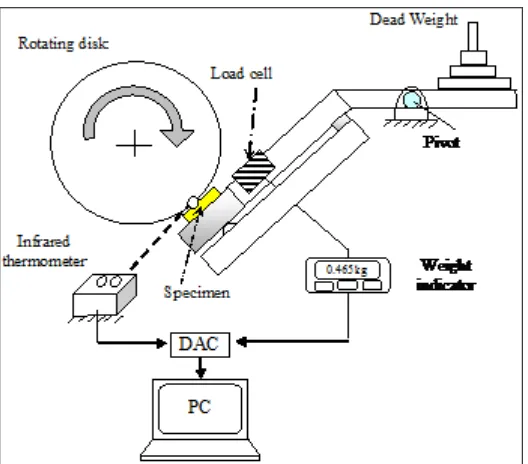Wear and frictional behaviour of metals
Full text
Figure




Related documents
A Monthly Double-Blind Peer Reviewed Refereed Open Access International e-Journal - Included in the International Serial Directories.. Page
Additionally, wound infiltration has been shown to be associated with a decrease in morphine consumption and signifi- cantly lower pain scores in the early postoperative period
The proportion of “yes” responses was higher in the same-action test type in the sound-symbolically matching group than in the same-actor test-type in the
increased wetted surface area. Again, catamarans are very stable against roll mo- tion but susceptible to pitch and heave responses [8]. Nonetheless, contempo- rary SWATH
To illustrate our method, we analyse two image time series from two cameras placed at different loca- tions in 2014 and 2015 and compare the automatic detection results to a
CUAJ ? Images in Urology McAlpine et al Images First indicator of carcinomatosis Images Port site recurrence on followup imaging after adrenalectomy for adrenocortical carcinoma ?
Course enhancement a road map for devising active learning and inquiry based science courses WILLIAM S HARWOOD* Science Education, School of Education and Department of Chemistry,
1 The silent force of the heart right ventricular energetics Validity and Feasibility of Cardiac Ultrasound for the Determination of Right Ventricular ? Pulmonary Vasculature Coupling